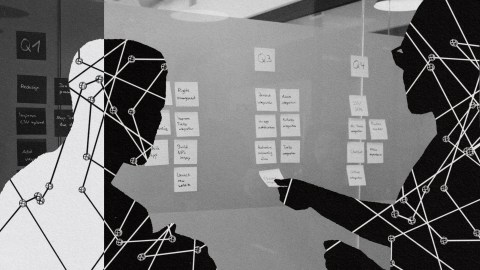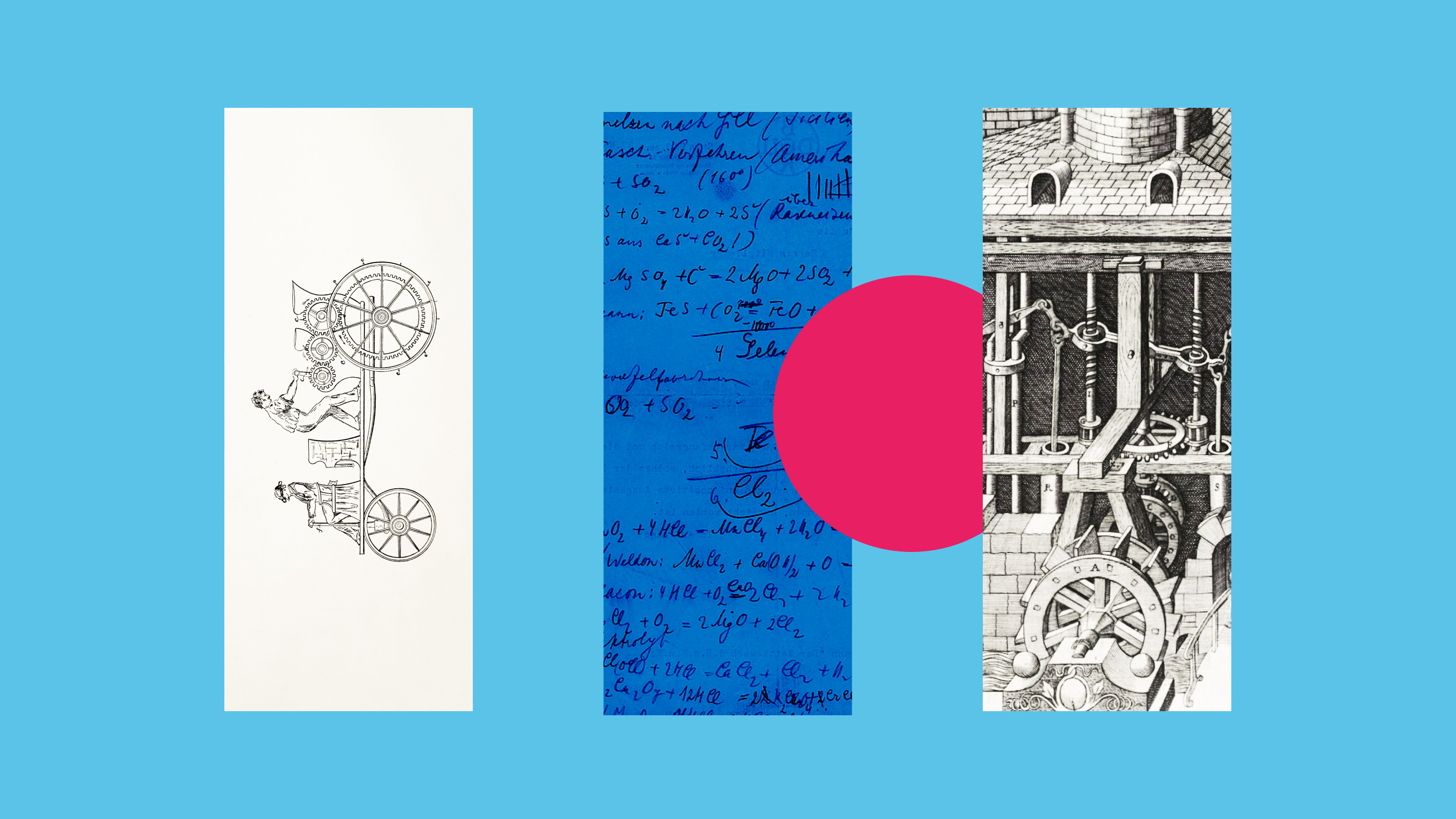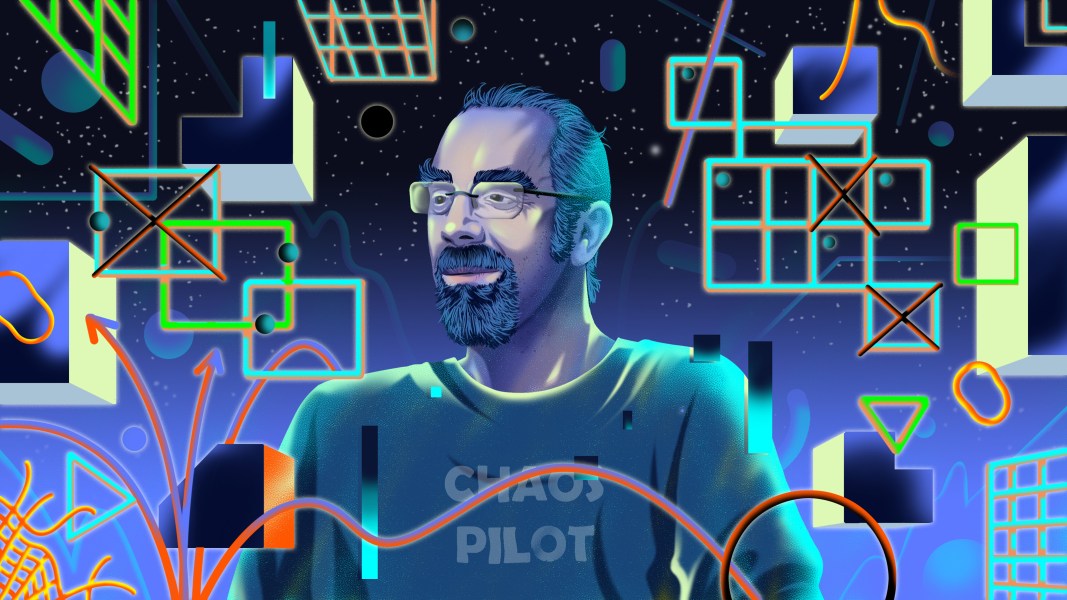Don’t repeat Google’s mistake. “Agile innovation” can unleash and retain talent

- By reinventing its approach to innovation, Microsoft opened up a lead over Google in the race for artificial intelligence.
- “Agile innovation” is a key factor in long-term success.
- With approaches like “radical collaboration,” agile innovators push against the tendency towards comfortable and predictable work.
It was all looking inevitable. Google/Alphabet, funded by its near-monopoly on search ads, had invested heavily in generative artificial intelligence. For years, this “superstar company” had their pick of software engineers and other talent. Multiple Google executives told me some version of, “After aggressive hiring and the acquisition of Deepmind, we had two-thirds of all the superstar AI talent.” With such advantages, the question seemingly wasn’t whether Google would come to dominate the AI industry — people took that for granted. Instead, they wondered whether governments would intervene to prevent its control or perhaps whether AI would become sentient and try to dominate us instead.
Then, out of nowhere, a startup funded by Microsoft managed to win the AI race with ChatGPT. Google’s leaders panicked, declared code-red, and quickly released a ChatGPT imitator with a flawed demo. The company’s stock lost a third of its value, while Microsoft, long derided as a dead-end for innovation, regained its earlier heights. It’s too early to count Google out, but the company was so alarmed that it called in help from founders Larry Page and Sergey Brin.
Google was poised to win this race but couldn’t deliver with an overwhelming advantage in talented software engineers and other vital knowledge workers. Years of talk about “the war for talent” had distracted its leaders — and us — from a better route to success: unleashing the talent you have. Google had allowed its excellent people to get stuck making incremental improvements. Managers were sitting on a goldmine of talent, but they couldn’t capture the value.
The drivers of agile innovation
For the past few years, I’ve worked with a team at Stanford University to pinpoint what companies need in order to achieve what has become crucial for long-term success: agile innovation. We started with dozens of sizeable companies in disruption-prone industries, and narrowed the list down to 26 with good data between 2006 and 2022. The team divided the companies into groups of high, medium, and low agility and innovation over time, with comparable data and case studies of each. (It turns out that agility and “innovative-ness” usually go together in a company.)
What made the difference between the high, medium, and low scorers? We settled on eight main drivers — and found that effective hiring or retention didn’t seem to matter, at least beyond a basic “hygiene” level. What did matter is how managers in the companies unleashed that talent. Did the talent embrace an existential purpose, imbibe the culture in a Pygmalion way, maintain a start-up mindset, lean toward boldness rather than playing it safe, collaborate widely rather than insist on rank, and go along with adjusting tempo and modes within the organization?
The results surprised me on several accounts. I’ve lived and worked in Silicon Valley since the 1990s, and I’ve long admired Google for its basic innovation and its corporate commitment to exploring possibilities. But it turns out that when it comes to achieving breakthroughs, despite those resources, the company is only a mediocre performer. Microsoft, by contrast, transformed itself in the last decade and now pursues innovation much differently — and better — than it did in the early 2000s. Apple and Amazon also scored well as agile innovators — no surprise there. But Meta/Facebook, another Silicon Valley giant with abundant talent, did not.
Of course, unleashing talent with those eight drivers is nothing to sneeze at. It’s remarkably hard for big organizations to engage and motivate people over time. But at least leaders have a lot of control over those attributes. They don’t have to invest heavily in recruiting, altering pay scales, or improving perceptions of their “employer brand.”
“The maze is in the mouse”
One of the toughest drivers to maintain is the startup mindset. This was Microsoft’s undoing for many years: Having conquered desktops and feeling little urgency to address new challenges, most managers lapsed into a protective, conservative mindset focused on their own fiefdom. Success made them relax and play it safe — the opposite of a startup mindset.
By 2014, when Satya Nadella became CEO, the company had missed both the internet and mobile revolutions. Besides advancing a new existential purpose, he told people the company would thrive only if it realized the limitations of what it had. As in a startup, he encouraged partnerships with outside companies (long forbidden), and carried out strategic acquisitions, not just one to cement market share. Microsoft also invested in crazy launches like Open AI.
Google had likewise become fat and happy with its great innovation in online search, but with a key difference. The revenue has been so abundant that it never had the crisis that forced Microsoft to change direction. Rather than a startup mindset, the company gradually adopted a spirit of cautious incrementalism and fiefdoms. Sundar Pichai was promoted to CEO soon after Nadella rose to the top at Microsoft, and clearly had the better hand — but that meant he had little incentive to change.
As one former manager recently pointed out, the company “has 175,000 capable and well-compensated employees who get very little done, quarter over quarter.” That’s because those employees have internalized a culture of safe, small improvements. Or as he put it, “the maze is in the mouse.”
This strategy was going on for Google well before AI took off. Writing in 2018, a longtime tech observer argued that Google’s innovation since 2000 was either incremental or in copycat products such as Android and Gmail. None of its “moonshot” products have succeeded. The company was pampering its amazing talent with free meals by Michelin star chefs, onsite massages, and custom workstations. But those happy employees have had little incentive to do much.
Some of that talent eventually quit. Multiple authors of a landmark 2017 Google paper credited with sparking AI development have left the company to raise hundreds of millions of dollars for competing startups. The situation is so bad that Brin returned partly to help Google with its personnel issues.
Contrast that with Amazon, another digital giant with what seems a comfortable near-monopoly. But Amazon doesn’t just attract talent; it unleashes them with a culture that aggressively promotes agile innovation. Like a startup, the company has pivoted R&D into areas outsiders never expected (and where the company lacked talent), from AI speakers to cloud computing. Instead of playing it safe, Amazon invests in breakthroughs such as e-readers, interactive speakers, and cloud-computing, while accepting a few flops such as the Fire Phone. With startup-like practices such as boldly launching projects with an imagined press release — and working backwards to get there — the company energizes its talent to achieve the unexpected.
A productive “no”
Another way to unleash talent is by fostering radical collaboration. Everyone preaches collaboration nowadays, and most companies set up teams with people across functions and divisions. But few take it truly seriously, to the point of making people uncomfortable.
One company that does is Tesla. Despite its large size and huge market value, the company tells people to solve problems by seeking help from whomever has the relevant knowledge — even if they’re a few levels above or below you in the hierarchy. Let’s say you’re a veteran, senior engineer, overseeing teams of dozens of employees. A low-level guy in another area, a new recruit, has an idea, and he hears that you know something about it. So he approaches you to learn from your expertise. In most companies, he’d confront hierarchical barriers and be lucky to get an audience with your assistant. At Tesla, he talks to you directly, and you’re obligated (not just encouraged) to help.
The collaboration even extends to the type of advice offered. Maybe the guy’s idea is wildly impractical. You don’t just blow him off; you offer a productive “no” — meaning you work with where the guy is coming from and see if together you can find something doable that accomplishes the same goal. CEO Elon Musk, who set the example for this radical collaboration, has been known to fire people who gave him a simple rather than a productive no.
Employees want to be unleashed
The path to perpetual agile innovation sounds daunting — but a growing number of employees are open to the challenge. After all, only a third of Americans feel engaged at work. Young people are especially doubting their corporate commitment. Like their older colleagues, most of them feel either unengaged or actively disengaged from their employer. But there’s a difference: despite joining the workforce only recently, they actually feel more stressed and burned out: 63% (stressed) and 34% (burned out) for those born after 1979, vs. 56% and 27% for those born 1965-79, and 40% and 18% for their elders. Compared to older peers, they are also much more likely to seek positions that accelerate their career development, and much less impressed by a company’s brand or reputation. All that talent wants to be unleashed.
Of course, no one expects big companies to sustain the crazy hours and intense collegiality of actual startup firms. Radical collaboration can go too far, leaving people little time for their main work. But the agile innovators push hard against the longstanding tendency of big organizations to settle into comfortable arrangements of steady, predictable work with good pay and benefits. Big company cultures aren’t for everyone — but their success comes mainly in their willingness to take agile innovation seriously, and to give up many of the niceties of settled corporate life. More companies will need to follow them in order to thrive in the future.




